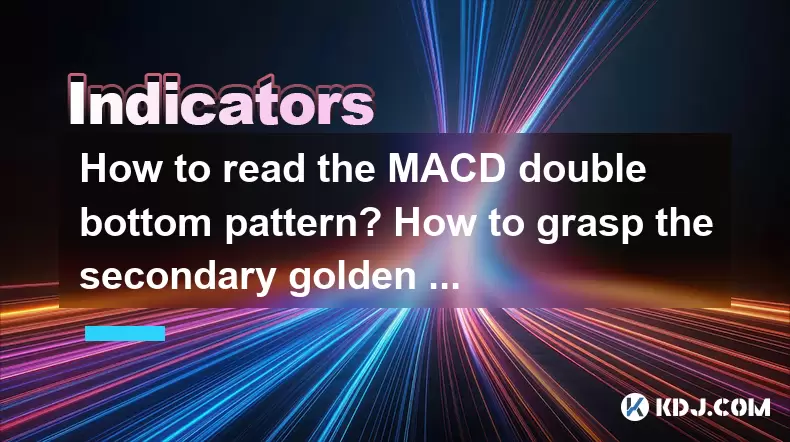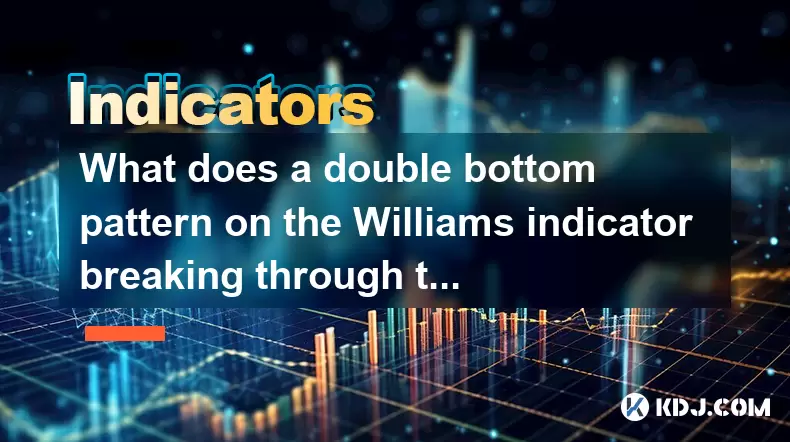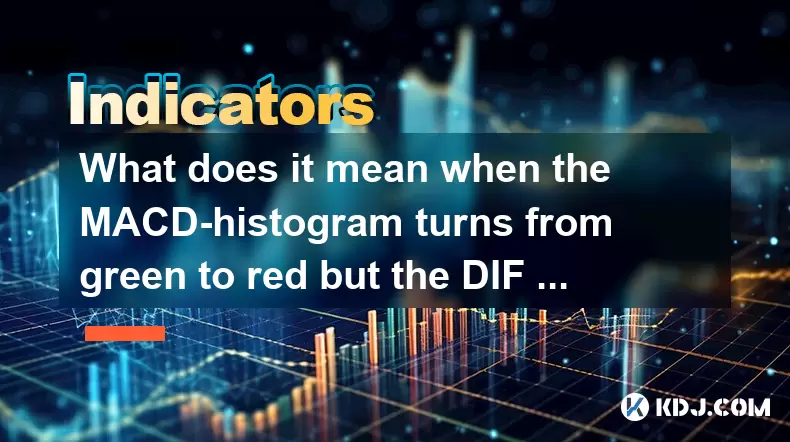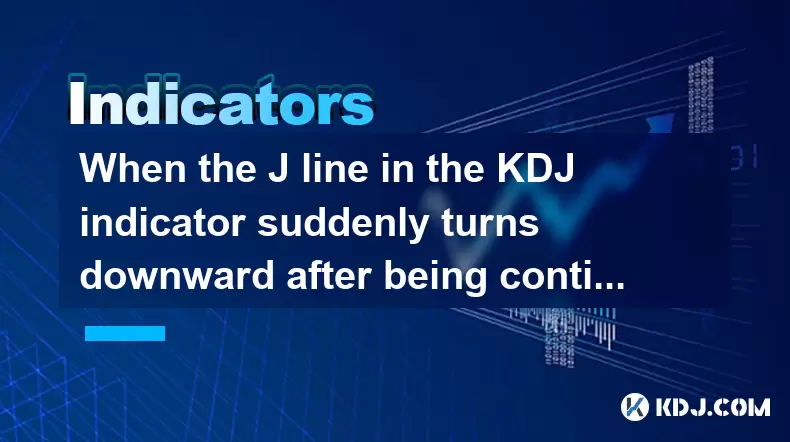-
 Bitcoin
Bitcoin $116400
-0.36% -
 Ethereum
Ethereum $4033
3.40% -
 XRP
XRP $3.302
-1.26% -
 Tether USDt
Tether USDt $1.000
-0.02% -
 BNB
BNB $796.1
1.67% -
 Solana
Solana $177.8
1.89% -
 USDC
USDC $0.9999
0.00% -
 Dogecoin
Dogecoin $0.2314
4.09% -
 TRON
TRON $0.3381
0.14% -
 Cardano
Cardano $0.7989
1.22% -
 Stellar
Stellar $0.4496
-1.84% -
 Chainlink
Chainlink $20.42
9.42% -
 Hyperliquid
Hyperliquid $41.17
0.88% -
 Sui
Sui $3.914
3.77% -
 Bitcoin Cash
Bitcoin Cash $584.7
1.52% -
 Hedera
Hedera $0.2632
-0.54% -
 Avalanche
Avalanche $24.09
3.40% -
 Ethena USDe
Ethena USDe $1.001
-0.02% -
 Litecoin
Litecoin $123.2
1.33% -
 Toncoin
Toncoin $3.318
-0.04% -
 UNUS SED LEO
UNUS SED LEO $8.984
-0.05% -
 Shiba Inu
Shiba Inu $0.00001323
2.85% -
 Uniswap
Uniswap $10.90
4.41% -
 Polkadot
Polkadot $3.999
3.34% -
 Dai
Dai $1.000
0.01% -
 Cronos
Cronos $0.1630
9.64% -
 Bitget Token
Bitget Token $4.484
0.82% -
 Monero
Monero $272.4
2.44% -
 Pepe
Pepe $0.00001173
6.03% -
 Aave
Aave $290.8
2.88%
How to read the MACD double bottom pattern? How to grasp the secondary golden cross signal?
The MACD double bottom pattern signals a bullish reversal in crypto markets, while the secondary golden cross indicates a shift to bullish momentum.
Jun 01, 2025 at 08:42 pm

The MACD (Moving Average Convergence Divergence) indicator is a powerful tool used by traders to identify potential trend reversals and momentum shifts in cryptocurrency markets. Among the various patterns and signals the MACD can generate, the double bottom pattern and the secondary golden cross signal are particularly noteworthy. This article will delve into how to read the MACD double bottom pattern and how to effectively grasp the secondary golden cross signal, providing detailed insights and practical steps for traders.
Understanding the MACD Double Bottom Pattern
The MACD double bottom pattern is a bullish reversal pattern that often signals a potential upward trend following a period of decline. This pattern is identified on the MACD histogram and can be a valuable tool for cryptocurrency traders looking to capitalize on potential price recoveries.
To identify a MACD double bottom pattern, traders should follow these steps:
Monitor the MACD line and signal line: The MACD line is the difference between the 12-period and 26-period exponential moving averages (EMAs), while the signal line is typically a 9-period EMA of the MACD line. The double bottom pattern is observed on the MACD histogram, which represents the difference between the MACD line and the signal line.
Look for two troughs: A double bottom pattern occurs when the MACD histogram forms two consecutive troughs at roughly the same level. These troughs should be lower than the surrounding histogram bars, indicating a period of bearish momentum that is starting to wane.
Confirm the pattern: The pattern is confirmed when the MACD histogram rises above the zero line after forming the second trough. This rise above the zero line suggests that bullish momentum is taking over, potentially leading to a price increase.
Reading the Double Bottom Pattern in Crypto Markets
In the context of cryptocurrency trading, the MACD double bottom pattern can provide valuable insights into potential trend reversals. Here's how to effectively read this pattern:
Identify the context: Before relying on the double bottom pattern, consider the broader market context. Is the cryptocurrency in question in a prolonged downtrend? Are there any significant news events that could influence the price?
Observe the price action: The double bottom pattern should coincide with a corresponding price action. Look for a price chart that shows a similar double bottom formation, where the price hits a low, bounces back, and then retests the low before moving higher.
Watch for confirmation signals: In addition to the MACD histogram crossing above the zero line, look for other technical indicators that may confirm the bullish reversal, such as a bullish candlestick pattern or a breakout above a key resistance level.
Grasping the Secondary Golden Cross Signal
The secondary golden cross signal is another important aspect of the MACD indicator that can signal a potential bullish trend. This signal occurs when the MACD line crosses above the signal line after a period of bearish divergence, indicating a shift in momentum.
To effectively grasp the secondary golden cross signal, follow these steps:
Identify the initial bearish divergence: Before a secondary golden cross can occur, there must be a period of bearish divergence where the MACD line falls below the signal line. This divergence suggests that bearish momentum is in control.
Monitor for a crossover: A secondary golden cross is confirmed when the MACD line crosses back above the signal line. This crossover indicates that bullish momentum is starting to take over, potentially leading to a price increase.
Confirm with the histogram: The MACD histogram should also move from negative to positive territory, reinforcing the bullish signal. A rising histogram above the zero line further supports the potential for an upward trend.
Applying the Secondary Golden Cross in Crypto Trading
In the volatile world of cryptocurrency trading, the secondary golden cross signal can be a valuable tool for identifying potential entry points. Here's how to apply this signal effectively:
Combine with other indicators: While the secondary golden cross is a powerful signal, it's essential to use it in conjunction with other technical indicators. For example, a bullish RSI (Relative Strength Index) or a breakout above a key moving average can provide additional confirmation.
Consider the timeframe: The effectiveness of the secondary golden cross can vary depending on the timeframe you're trading. Shorter timeframes may produce more frequent signals but can be more susceptible to false positives. Longer timeframes may offer more reliable signals but fewer trading opportunities.
Manage risk: As with any trading strategy, risk management is crucial. Set appropriate stop-loss orders to protect against potential losses if the market moves against your position. Consider the volatility of the cryptocurrency you're trading and adjust your position size accordingly.
Practical Example: Reading the MACD Double Bottom in Bitcoin
To illustrate how to read the MACD double bottom pattern, let's consider a hypothetical example involving Bitcoin (BTC). Suppose BTC has been in a downtrend for several weeks, and the price is approaching a key support level.
Identify the double bottom on the MACD histogram: As the price approaches the support level, you notice that the MACD histogram forms a trough. The price bounces back slightly but then retests the support level, forming a second trough on the MACD histogram at roughly the same level as the first.
Confirm the pattern: After the second trough, the MACD histogram begins to rise and crosses above the zero line. This crossover suggests that bullish momentum is taking over, potentially signaling a reversal in the price trend.
Observe the price action: The price of BTC also forms a double bottom pattern, hitting the support level twice before starting to move higher. This confirmation in the price action strengthens the bullish signal from the MACD.
Practical Example: Grasping the Secondary Golden Cross in Ethereum
Now, let's look at a hypothetical example of the secondary golden cross signal with Ethereum (ETH). Suppose ETH has been in a bearish trend, and the MACD line has been below the signal line for some time.
Identify the initial bearish divergence: You notice that the MACD line has been below the signal line, indicating bearish momentum. The MACD histogram is also in negative territory, reinforcing the bearish trend.
Monitor for a crossover: Suddenly, the MACD line begins to rise and crosses above the signal line. This crossover suggests a shift in momentum, potentially signaling a bullish reversal.
Confirm with the histogram: The MACD histogram also moves from negative to positive territory, further supporting the bullish signal. The rising histogram above the zero line indicates increasing bullish momentum.
Combine with other indicators: To confirm the signal, you check the RSI, which is also showing a bullish divergence. Additionally, the price of ETH breaks above a key moving average, providing further confirmation of the potential upward trend.
FAQs
Q: How can I differentiate between a true MACD double bottom pattern and a false signal?
A: To differentiate between a true and false MACD double bottom pattern, consider the following factors:
- Volume: A true double bottom pattern is often accompanied by increasing trading volume as the price starts to rise. Higher volume can indicate stronger bullish momentum.
- Price action: Look for a corresponding double bottom pattern in the price chart. If the price hits the same support level twice and then moves higher, it strengthens the signal.
- Confirmation from other indicators: Use additional technical indicators, such as the RSI or moving averages, to confirm the bullish reversal. Multiple indicators supporting the same signal can increase its reliability.
Q: Can the MACD double bottom pattern be used in conjunction with other reversal patterns?
A: Yes, the MACD double bottom pattern can be used in conjunction with other reversal patterns to increase the reliability of the signal. For example:
- Head and shoulders bottom: If the price chart forms a head and shoulders bottom pattern around the same time as the MACD double bottom, it can provide strong confirmation of a bullish reversal.
- Inverse head and shoulders: Similarly, an inverse head and shoulders pattern can reinforce the bullish signal from the MACD double bottom.
- Bullish engulfing pattern: A bullish engulfing candlestick pattern near the second trough of the MACD double bottom can also provide additional confirmation of a potential trend reversal.
Q: What are the limitations of using the secondary golden cross signal in crypto trading?
A: While the secondary golden cross signal can be a powerful tool, it has several limitations that traders should be aware of:
- False signals: Like any technical indicator, the secondary golden cross can produce false signals, especially in highly volatile markets. It's essential to use additional confirmation indicators to increase the reliability of the signal.
- Lag: The MACD indicator is based on moving averages, which can lag behind price movements. This lag can result in delayed signals, potentially causing traders to miss the early stages of a trend.
- Market conditions: The effectiveness of the secondary golden cross can vary depending on market conditions. In choppy or sideways markets, the signal may be less reliable than in trending markets.
Q: How can I optimize my trading strategy using the MACD double bottom and secondary golden cross signals?
A: To optimize your trading strategy using these MACD signals, consider the following tips:
- Backtesting: Before applying these signals in live trading, conduct thorough backtesting to understand their performance under different market conditions. This can help you refine your entry and exit rules.
- Risk management: Always use appropriate risk management techniques, such as setting stop-loss orders and managing position sizes based on the volatility of the cryptocurrency you're trading.
- Combining signals: Use the MACD double bottom and secondary golden cross signals in conjunction with other technical indicators and chart patterns to increase the reliability of your trading signals.
- Adapt to market conditions: Be flexible and adapt your strategy to different market conditions. What works well in a trending market may not be as effective in a choppy or range-bound market.
Disclaimer:info@kdj.com
The information provided is not trading advice. kdj.com does not assume any responsibility for any investments made based on the information provided in this article. Cryptocurrencies are highly volatile and it is highly recommended that you invest with caution after thorough research!
If you believe that the content used on this website infringes your copyright, please contact us immediately (info@kdj.com) and we will delete it promptly.
- HAT Token Mania: Price Surges, Crypto Auctions, and Meme Coin Mayhem
- 2025-08-09 11:10:11
- Undervalued Cryptos Primed for a 2025 Takeoff: MAGACOIN, TRX, and SUI Lead the Pack
- 2025-08-09 11:10:11
- Bitcoin Goes to Harvard: Ivy League Embraces Digital Assets
- 2025-08-09 10:50:12
- Bitcoin, BlockDAG, and Toncoin: Decoding the Crypto Buzz in NYC
- 2025-08-09 11:30:11
- XRP, Pi Network, and Binance Listing Buzz: What's the Hype?
- 2025-08-09 11:30:11
- Arctic Pablo Coin: The Meme Coin Presale Promising High ROI in Q3 2025
- 2025-08-09 10:50:12
Related knowledge

What does it mean when the Triple Moving Average (TRIX) turns downward but the price doesn't fall?
Aug 09,2025 at 12:42pm
Understanding the Triple Moving Average (TRIX) IndicatorThe Triple Moving Average, commonly known as TRIX, is a momentum oscillator designed to filter...

What does it mean when the Williams' oscillator repeatedly hits bottoms but fails to rebound?
Aug 09,2025 at 09:28am
Understanding the Williams %R OscillatorThe Williams %R oscillator, developed by Larry Williams, is a momentum indicator used in technical analysis to...

What does a double bottom pattern on the Williams indicator breaking through the 50-day midline indicate?
Aug 09,2025 at 10:56am
Understanding the Williams %R IndicatorThe Williams %R indicator, developed by Larry Williams, is a momentum oscillator that measures overbought and o...

What does it mean when the MACD-histogram turns from green to red but the DIF line fails to form a golden cross?
Aug 09,2025 at 10:15am
Understanding the MACD and Its ComponentsThe MACD (Moving Average Convergence Divergence) is a widely used technical analysis tool in the cryptocurren...

When the J line in the KDJ indicator suddenly turns downward after being continuously overbought, does it indicate a top?
Aug 09,2025 at 06:35am
Understanding the KDJ Indicator and Its ComponentsThe KDJ indicator is a momentum oscillator widely used in cryptocurrency technical analysis to ident...

What does it mean when the TRIX indicator suddenly diverges downward after a long period of convergence?
Aug 09,2025 at 12:56am
Understanding the TRIX Indicator in Cryptocurrency TradingThe TRIX indicator, or Triple Exponential Average, is a momentum oscillator used in technica...

What does it mean when the Triple Moving Average (TRIX) turns downward but the price doesn't fall?
Aug 09,2025 at 12:42pm
Understanding the Triple Moving Average (TRIX) IndicatorThe Triple Moving Average, commonly known as TRIX, is a momentum oscillator designed to filter...

What does it mean when the Williams' oscillator repeatedly hits bottoms but fails to rebound?
Aug 09,2025 at 09:28am
Understanding the Williams %R OscillatorThe Williams %R oscillator, developed by Larry Williams, is a momentum indicator used in technical analysis to...

What does a double bottom pattern on the Williams indicator breaking through the 50-day midline indicate?
Aug 09,2025 at 10:56am
Understanding the Williams %R IndicatorThe Williams %R indicator, developed by Larry Williams, is a momentum oscillator that measures overbought and o...

What does it mean when the MACD-histogram turns from green to red but the DIF line fails to form a golden cross?
Aug 09,2025 at 10:15am
Understanding the MACD and Its ComponentsThe MACD (Moving Average Convergence Divergence) is a widely used technical analysis tool in the cryptocurren...

When the J line in the KDJ indicator suddenly turns downward after being continuously overbought, does it indicate a top?
Aug 09,2025 at 06:35am
Understanding the KDJ Indicator and Its ComponentsThe KDJ indicator is a momentum oscillator widely used in cryptocurrency technical analysis to ident...

What does it mean when the TRIX indicator suddenly diverges downward after a long period of convergence?
Aug 09,2025 at 12:56am
Understanding the TRIX Indicator in Cryptocurrency TradingThe TRIX indicator, or Triple Exponential Average, is a momentum oscillator used in technica...
See all articles

























































































